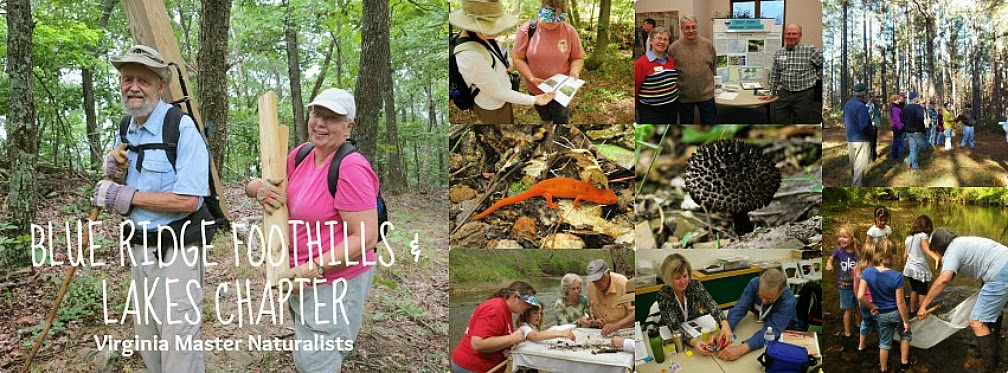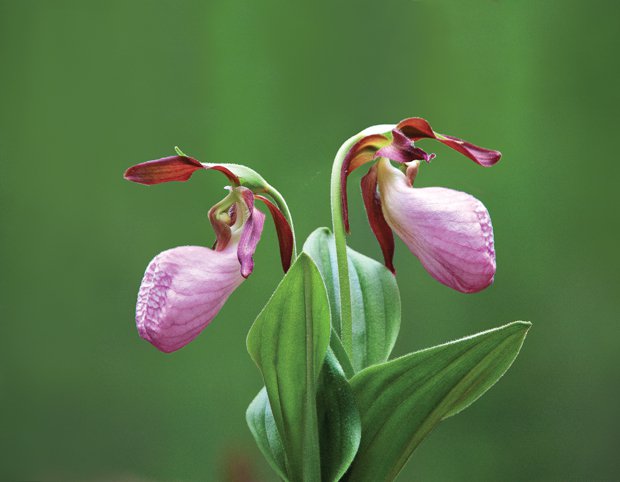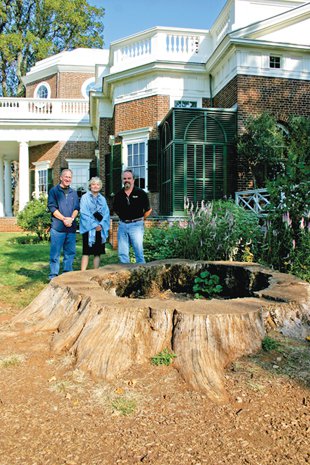Are you interested in native animals, plants and insects? Want to be a better steward of the land?
 Then consider becoming a Virginia Master Naturalist. The program is a statewide corps of volunteers providing education, outreach and service dedicated to the beneficial management of natural resources and natural areas within their communities. This program is perfect for people who are curious about nature, enjoy the outdoors and want to be a part of natural resource management and conservation in Virginia.
Then consider becoming a Virginia Master Naturalist. The program is a statewide corps of volunteers providing education, outreach and service dedicated to the beneficial management of natural resources and natural areas within their communities. This program is perfect for people who are curious about nature, enjoy the outdoors and want to be a part of natural resource management and conservation in Virginia.The Virginia Master Naturalist program is a partnership among Virginia Cooperative Extension, Virginia Department of Conservation and Recreation, Virginia Department of Forestry, Virginia Department of Game and Inland Fisheries, and Virginia Museum of Natural History.
The statewide program has 30 chapters with more than 1,000 volunteers. To date, these volunteers have reached more than 130,000 people through educational programs for parks, community groups and schools.
The Historic Southside Chapter is a newly formed chapter of the Virginia Master Naturalist Program includes Isle of Wight, Surry, Sussex and Southampton counties, as well as the City of Franklin. Training for this chapter will begin in August and finish in October.
Read more here - this entire article is printed in Tidewaternews.com
Search here for a chapter near you!
Having just completed the course work for Virginia Master Naturalist the BRFAL Chapter I can highly recommend this program! You will learn much in class and field work, bring your camera along, take lots of notes and have fun! If you know anyone who would be interested in this amazing program, please pass this info on!
BRFAL Chapter of Virginia Master Naturalist wants you to
LEARN ALL ABOUT THE WILDLIFE, FLORA, FAUNA AND INSECTS OF THIS BEAUTIFUL PLACE WE CALL VIRGINIA!



























